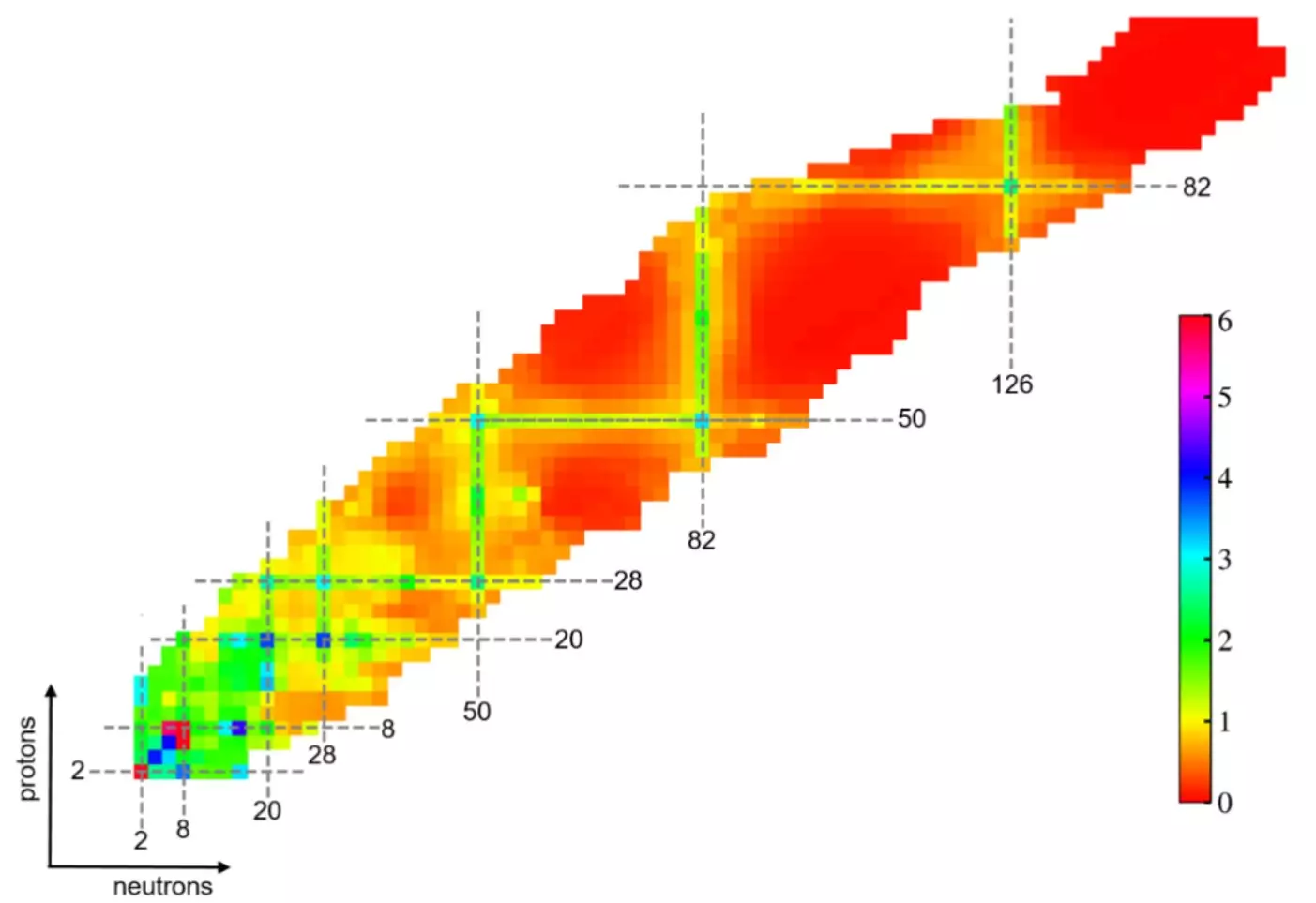The pursuit of understanding the intricate world of atomic nuclei has taken a transformative leap forward thanks to advancements in machine learning technologies. A recent study spearheaded by researchers from esteemed institutions such as the Institute of Modern Physics (IMP) of the Chinese Academy of Sciences, Huzhou University, and the University of Paris-Saclay has harnessed this innovative approach to probe the evolution of nuclear shell structures, particularly in unstable isotopes. The findings of this research are poised to redefine traditional concepts of nuclear magic numbers, significantly impacting our understanding of nuclear stability and the fundamental principles governing atomic structure.
Magic numbers are specific quantities of protons and neutrons in atomic nuclei that render them especially stable. Identified during the 1930s, these numbers (including 2, 8, 20, 28, 50, 82, and 126) were pivotal in validating the shell model of nuclear physics, which draws parallels with electron shells in atomic theory. The tenacity of these magic numbers has long been a cornerstone of nuclear stability; however, recent investigations suggest that these numbers may not be fixed constants but could rather be subject to transformation under different nuclear conditions. Questions have emerged regarding the existence and relevance of traditional magic numbers in nuclei that lie far from stability—specifically, whether new magic numbers may arise.
To navigate these complex inquiries, the research team employed state-of-the-art machine learning algorithms, effectively allowing for superior analysis of experimental data related to nuclear structures. The use of machine learning is particularly beneficial in nuclear physics, where data is often nuanced and multifaceted. The researchers focused on key indicators such as the energy of the first excited state of nuclei and the efficiency of electromagnetic transitions to ground states, both of which are crucial to determining the presence and stability of magic numbers.
Highlighting the advanced capabilities of their machine learning models, the researchers reported unprecedented accuracy in reproducing the experimental data relating to low-lying excited states for various even-even nuclei. This surpasses the efficacy of existing nuclear models and prior machine learning applications, indicating a significant advancement in the domain.
Among the groundbreaking revelations of this study was the identification of the vanishing neutron magic number of 20 in oxygen-28. This discovery is not merely an isolated anomaly; it challenges long-standing assumptions about nuclear configurations and stability. Conversely, the data confirmed that magic number 50 remains prevalent in tin-100, suggesting that while some traditional magic numbers may fade, others retain their significance even in isotopes that are far from the stability line.
The implications of these findings illuminate the broader landscape of nuclear research, as they prompt a re-evaluation of theories surrounding nuclear structure and stability. The study also emphasizes the necessity for further investigation into the fundamental properties of atomic nuclei, paving the way for enhancements in machine learning methodologies moving forward.
The insights yielded by this research not only enrich theoretical frameworks but also bear practical implications for future experimental endeavors. The results are poised to guide upcoming measurements of excited energies and electromagnetic properties of atomic nuclei, particularly at rare-isotope facilities such as the High Intensity Heavy-ion Accelerator Facility in China. By aligning experimental pursuits with the predictive capabilities demonstrated in this study, there is an opportunity to deepen the understanding of nuclear interactions and enhance the search for new physics phenomena.
The interplay between machine learning and nuclear physics is burgeoning into a vital area of research, as illustrated by this landmark study. The revelations regarding the evolution of magic numbers challenge the established norms of nuclear stability and present a compelling case for continued exploration in the field. As researchers embrace these novel analytical tools, the future of nuclear physics appears poised for expansion, potentially unlocking mysteries that lie at the heart of atomic structure and stability.


Leave a Reply